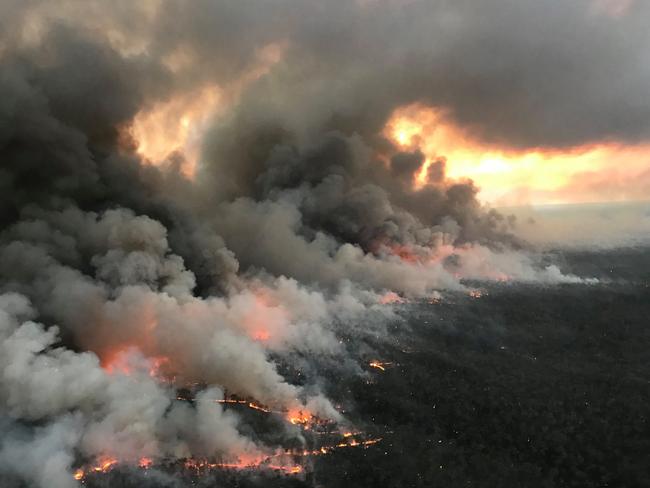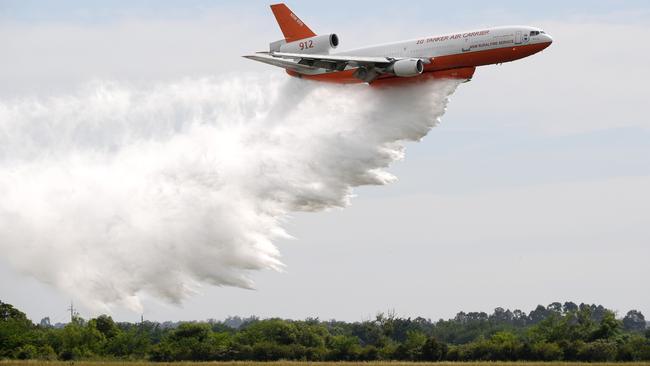Extreme heat: Better town planning and building design can help towns and cities beat the heat
THE Australian Bureau of Meteorology has warned that parts of NSW will experience tops of 41C this week — it is just the beginning. Bushfire risks will worsen and, while we can do little to stop bushfires, better town planning and building design will help mitigate the effects on our cities and towns.
Opinion
Don't miss out on the headlines from Opinion. Followed categories will be added to My News.
THE mercury has spoken — 2017 is set to become one of the hottest years on record.
According to the Australian Bureau of Meteorology, parts of NSW will experience tops of 41C this week, and this is just the beginning. The heat will worsen bushfire risks and cause widespread discomfort.
While there is little we can do to stop bushfires, we can mitigate the effects of extreme heat on our cities and towns if we think harder about town planning and building design.
Take a look around you next time you walk down a city street this summer. Too often you’ll probably find little vegetation, shade and many hard, dark-coloured surfaces that absorb, rather than reflect, heat.

Overseas research has shown that the temperature in the dense parts of cities can be more than 5.6C higher than nearby areas that have breezes, vegetation and fewer buildings.
The experts call these urban hot spots “heat islands”.
During heatwaves, people who live in heat islands, particularly the elderly, are at genuine risk. We need to do what we can to reduce that risk.
Many councils are already on the case, having accepted that the situation can only become worse because of the effects of climate change.
They know cooler cities are not only more comfortable but — with heat-related lost productivity costing Australia approximately $7 billion each year — they are more efficient.

Research has suggested that greater use of heat-reflecting light colours can help to mitigate the heat island effect. Accordingly, one of the solutions currently being trialled for some Sydney roads is the use of lighter colour paving.
“We must get the planning right and ensure that we consider heat mitigation in design of new development.”
Sydney councils are also working toward increasing the urban forest coverage by 50 per cent, aiming for more than 23.5 per cent canopy coverage of all private land, roads and parks within the council boundaries by 2030.
Covering my own electorate of Grayndler, the Inner West Council has collected data that shows land surface temperatures in the bays precinct — White Bay, Rozelle and Lilyfield — are up to 15C warmer than on streets nearby.

In the meantime, the state government is proposing to transform the area with more intense development. I am not against the development of the under-utilised Bays Precinct. But we must get the planning right and ensure that we consider heat mitigation in design of new development.
Timelapse of coral bleaching
Regrettably, the current government is not active in this area, or in any other area of urban policy. It talks about cities policy, but needs to work harder with councils and state governments, providing leadership on practical measures such as urban and building design.
Cities are too often seen by federal legislators as little more than part of the machinery of our economy.
Cities are drivers of our economy, but cities are also places where people live. We need to make sure that cities not only serve our economy, but also serve the people who call them home.
Anthony Albanese is the Shadow Minister for Cities.


